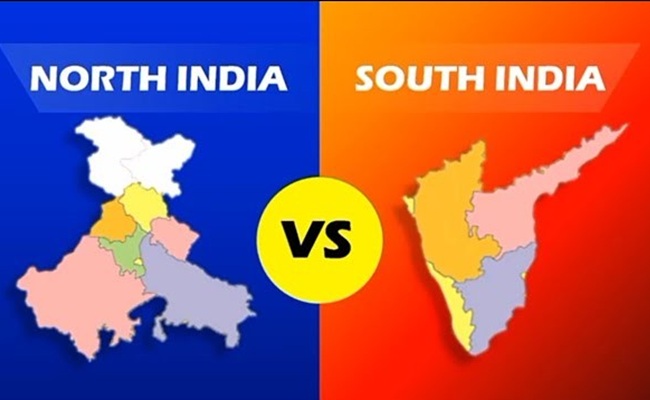
India News

Instead of outright opposing delimitation, the first all-party meeting in Chennai successfully focused on ensuring that the process does not disadvantage the southern states. The Joint Action Committee (JAC) has proposed that the idea of delimitation should be postponed for another 25 years. They urge the central government to continue with the current number of Lok Sabha seats, which were determined based on the 1971 census, until then. While it remains uncertain whether the central government will agree to this delay, experts argue that proposing an interim solution that ensures fair delimitation could benefit the southern states.
Currently, there are two possible approaches to delimitation. One is to retain the existing 543 Lok Sabha seats and reorganize them. The other is to increase the total number of seats to around 850, adjusting constituencies in all states accordingly. However, both these methods would be highly unfair to the southern states. When India prioritized population control as a national goal, it was the southern states that strictly adhered to it. Now, they are being penalized for their success in population management.
A balanced approach would be to increase MP constituencies proportionally, ensuring that no state loses its numerical significance. This means taking the most populous state as a benchmark and increasing its Lok Sabha seats accordingly while applying the same ratio nationwide. For example, if Uttar Pradesh's seats are doubled based on population, then all other states should also see a proportional increase, irrespective of their population.
This approach would ensure equal representation for all states. It would also prevent allegations that the BJP is using delimitation as a tool to gain an electoral advantage by increasing seats in its stronghold states. Experts insist that true fairness and transparency can only be achieved by expanding seats proportionally across states, rather than basing it solely on population growth.
Advertisment